With the FTR1200, Indian Motorcycle breaks the bonds of cruiserdom – and gives Boomers exactly what they want

Words by Mitch Boehm
Photos courtesy of Indian
Let’s get this out of the way right off the bat: Indian’s new FTR1200 is not, aside from its cool retro-spec paint and top-shelf fit and finish, a cruiser or custom motorcycle in any sense of the word.
It’s a sportbike, obviously, a naked sportbike, which, aside from the rabid enthusiasm that’s greeted its release, is not a new concept. A long time ago, all motorcycles were naked and sporty, motorized two-wheelers being plenty sporty on their own. The Universal Japanese Motorcycles of the ’60s, ’70s and ’80s were all really just naked sportbikes. And while Ducati’s Monster of 1992 gave the genre the naked bike name, in the end this is nothing more than the basic formula that’s turned men and women into quivering masses of moto-jelly for as long as there’ve been motorcycles: A big engine. A wide handlebar. An aggressive riding position. A sexy, minimalist shape. And a booming aural signature.

The allure wasn’t a mystery then, and it’s not a mystery now.
What the FTR1200 also is is a bold and significant move on the part of Polaris, who purchased Indian back in 2011. Despite superb engineering, a wide-ranging cruiser-segment product line, general market acceptance and mostly-great reviews from media and customers alike, the fact is that the new-bike market for cruisers is only so big, and it’s not getting any bigger as a lot of baby boomers – drivers of new-bike sales since the 1960s – leave the marketplace due to old-age apathy or the six-foot nap.
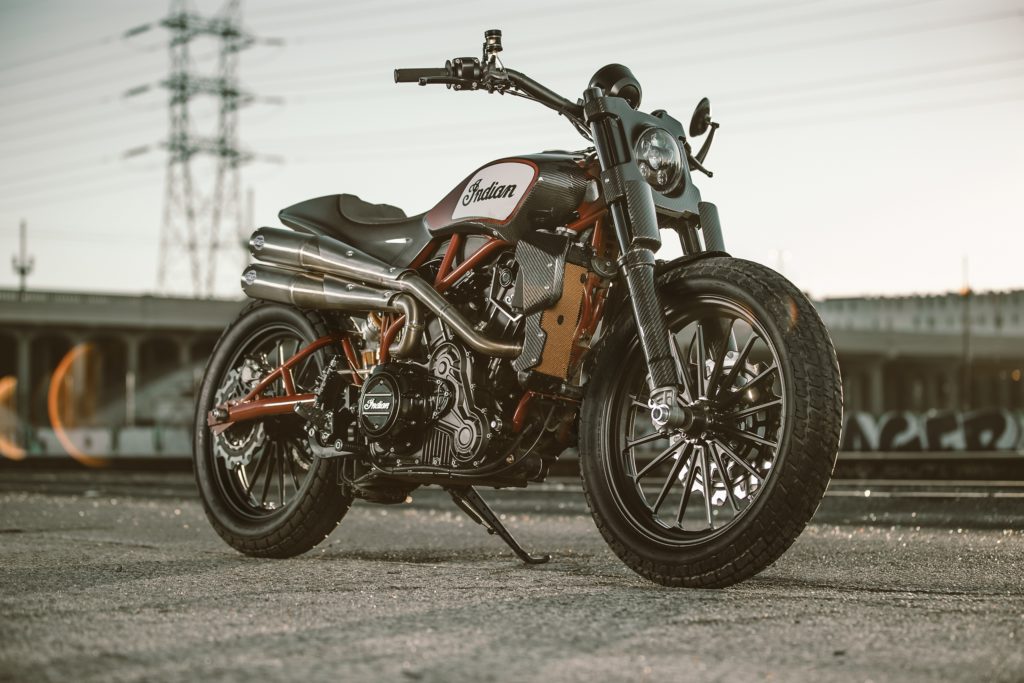
Of course, there’s also this: Boomers still have massive spending power, and will for years to come. Maybe the OEs are simply not giving them what they want? It’s entirely possible.
If you’re Indian and you need to expand your moto-market reach and sales numbers, you look to other categories, ones your Milwaukee-based competitor isn’t in, and preferably ones that are bubbling hot – or at least percolating. Most importantly, ones baby-boom customers will be interested in.
One possibility is a market niche that, until now, has sat literally undiscovered (or simply ignored) on the production-motorcycle front for decades. This is a category whose flames are being currently stoked in a major way by American Flat Track and Hooligan competitions, the former of which just happens to be a racing series Indian has pretty much laid waste to since the debut of its clean-sheet FTR750 back in early 2017. With American Flat Track riders, teams and racing action raising eyebrows all over the world, would a small portion of the world’s millions of baby boomer motorcyclists be interested in a flat track-flavored streetbike – a Street ’Tracker, say it with me, brother! – that had the basic look and feel of the bikes Jared Mees and, now, the Bauman Brothers ride on Saturdays?
With the FTR1200, Indian’s betting they would. And we think they’re right.
It is a truly amazing mystery – and maybe the most ironic thing in all of motorcycling – that in the nearly 50 years since the launch of the legendary and purpose-built Harley-Davidson XR750, no manufacturer has built a production-ready flat track replica for the street. Dirt track enthusiasts and custom builders have been building street-going ’trackers in their garages and shops forever, using Milwaukee V-twins and Yamaha XS-based parallel twins and singles. Honda and Harley each put a pinky toe in the water back in the early 1980s with the FT500 Ascot and XR1000, but neither was right and both disappeared quickly – only to be rediscovered more recently as desirable and valuable classics.
Does that tell you anything? Indeed, it does – that the OEs have, as a group and especially in this genre, missed the mark completely. Do we think a truly well-designed, performance-oriented and badass-looking Harley-Davidson street bike that recalled the look, feel and sound of the XR750 would sell like free beer at Sturgis? Do we think a lightweight, trick and clean-sheet Honda RS750 (or RS1000) for the street in Team Honda colors circa 1985 with a Bubba Shobert signature on the tank would fly out of Honda showrooms like Wizard of Oz monkeys?
You bet your tattooed butt cheeks they would.
Fortunately for the street-tracker faithful, Indian has seen the light with the FTR1200. Actually, saw the light is a bit more apropos, because its product-planning and R&D folks started work on the FTR1200 concept in early 2016, back when the FTR750 racer was being readied for limited production.

While Indian’s R&D folks transitioned from original concept to sketches to clay models and then to early dynamic prototype mules on the FTR street bike project, a separate team with a flair for gorgeous designs itself was building a rideable styling prototype designed to be shown at the 2017 Milan Show and at U.S. bike shows to test customer and media reaction. That machine was the now-legendary FTR1200 Custom, which, when it showed up in Milan, rocked the motorcycle world every bit as powerfully as Jared Mees, Brad Baker and Bryan Smith had rocked the competition in their debut on the new FTR750s during the 2017 American Flat Track season. The timing here was not accidental; Indian coordinated its two-pronged – racing and street-development – attack on the world perfectly, and took full advantage of the massive and sustained buzz that would help them launch the production FTR1200 street bike a year later.
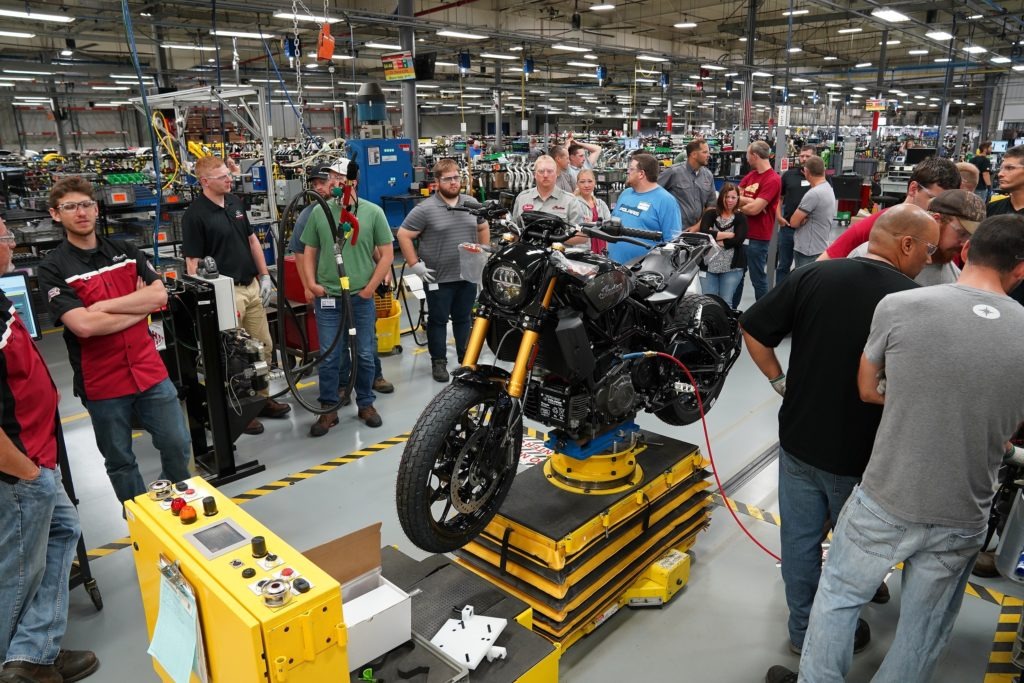
And here we are.
Of course, the path from sketch to prototype to production – or from a styling prototype the world falls totally in love with to an actual production motorcycle – is often paved with obstacles; what looks right aesthetically and is doable technically and mechnically on a non-DOT-legal prototype is very often much more difficult to achieve on a production machine. Having gone through the entire process several times myself during my years with Honda R&D back in the 1990s, I can tell you the transition is never simple.
And so it was with the FTR project. According to design chief Rich Christoph, who spent time with Harley-Davidson and Victory before joining Indian, moving from that alluring show-circuit styling prototype to an actual production machine that would actually pass all the rigorous testing a production machine must pass wasn’t easy.
But that’s a story, along with some riding impressions, for Part II in the July issue.
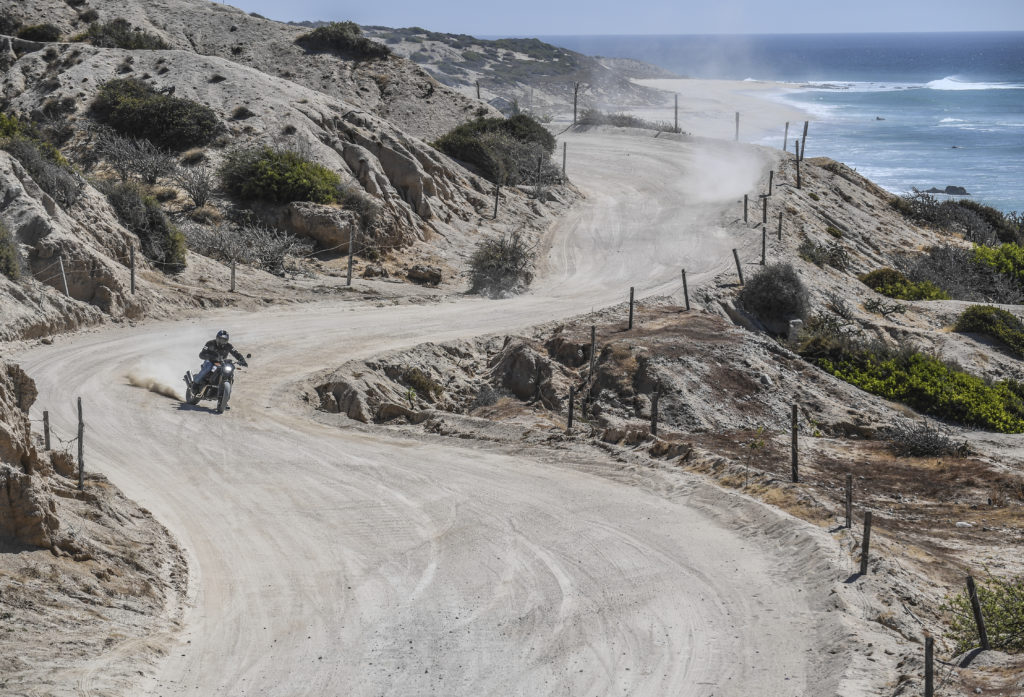

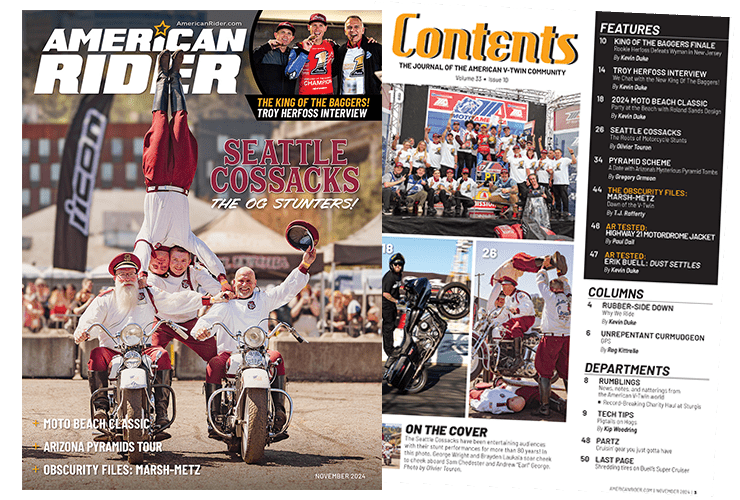

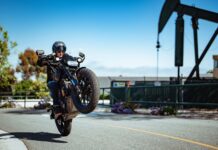

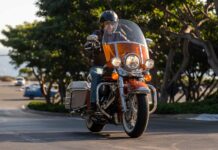













[…] Brice Hennebert, owner of Workhorse Speed Shop, in Belgium, has been busy during lockdown. After creating Appaloosa V1.0 in 2019 for the Sultans of Sprint then re-working the Indian Scout build into Appaloosa V2.0 for the Baikal Mile Ice Festival, Brice has focussed his attention on building two special dream bikes based on the Indian FTR 1200. […]